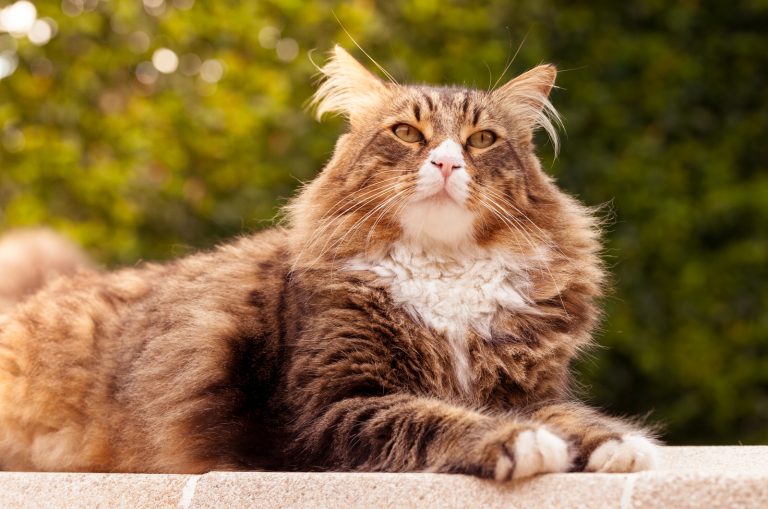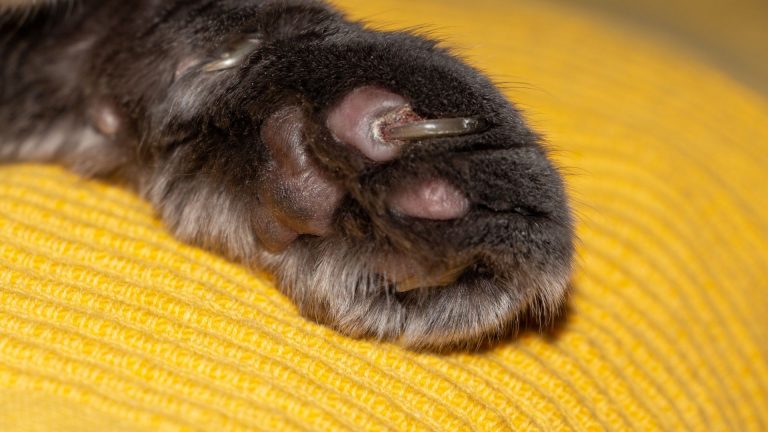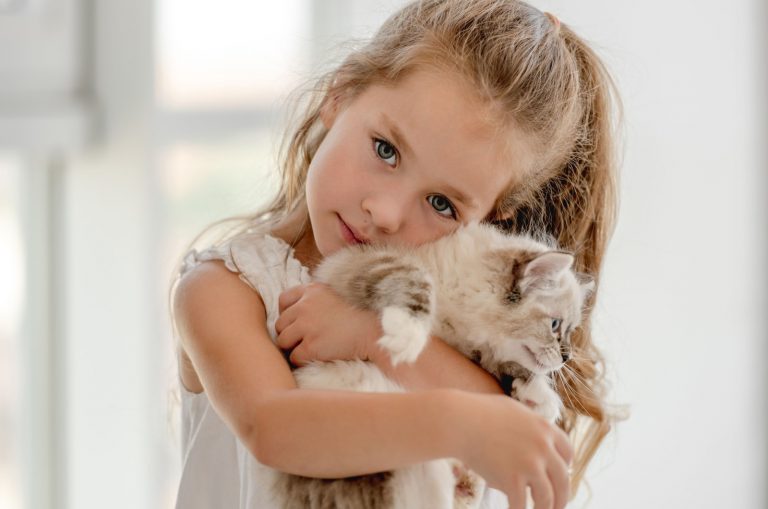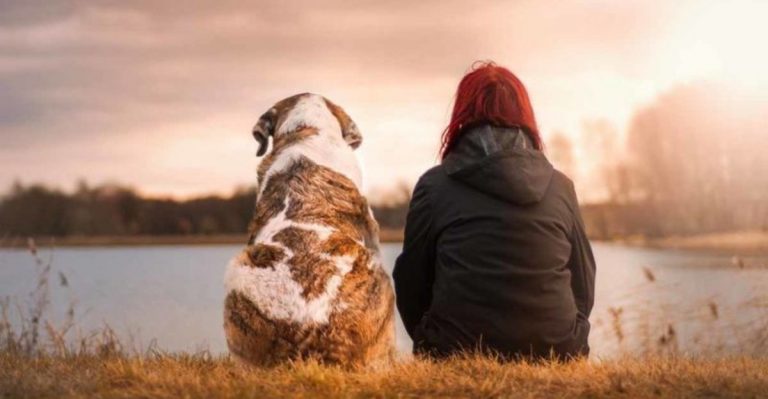My Dog Ran Away Every July 4th Until I Tried This Trick
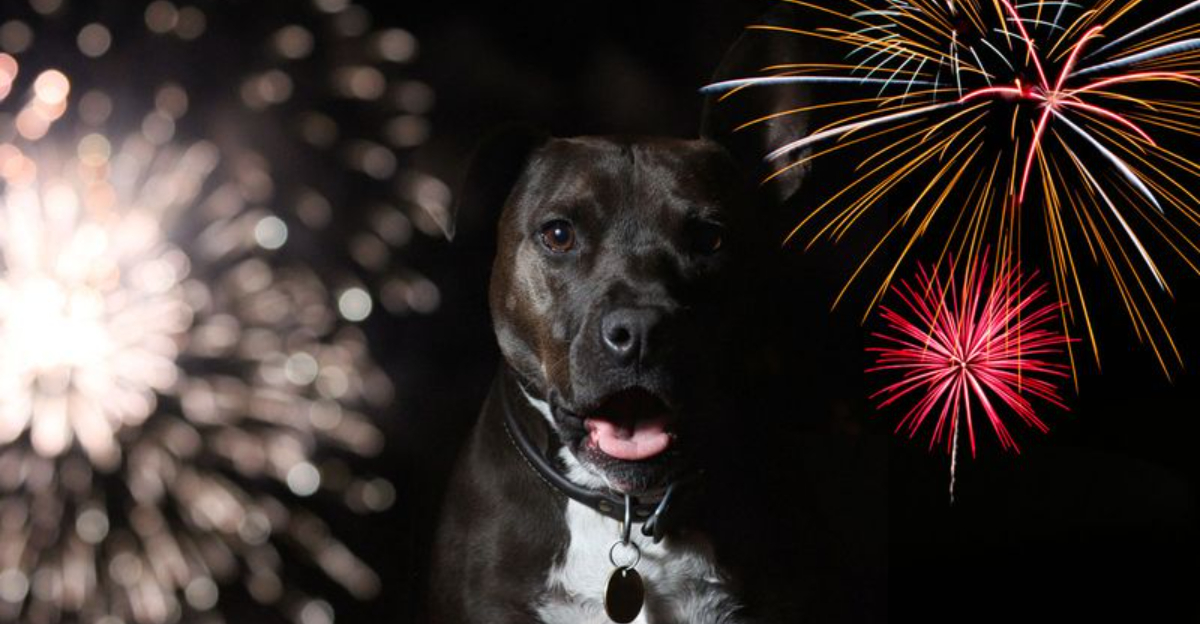
Every Fourth of July, as fireworks lit up the night sky, my heart would sink knowing my beloved dog Max would be nowhere to be found.
The booming sounds triggered such intense fear that he’d bolt at the first explosion, leaving me frantically searching neighborhoods instead of celebrating. After years of this stressful pattern, I finally discovered a technique that transformed our Independence Day experience completely.
The Annual July 4th Dilemma
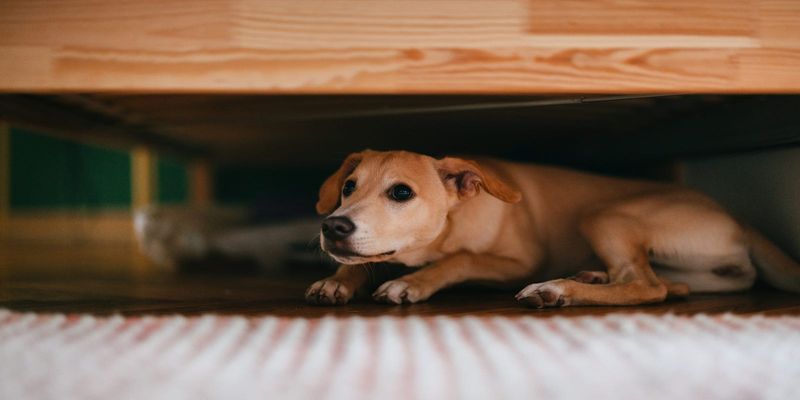
For five consecutive years, Max disappeared into the night when fireworks started. The pattern was heartbreaking – one moment he’d be by my side, the next gone without a trace.
Those nights meant hours of searching with a flashlight, posting on neighborhood apps, and worrying if he’d return safely. My holiday celebrations turned into rescue missions.
Why Dogs Hate Fireworks
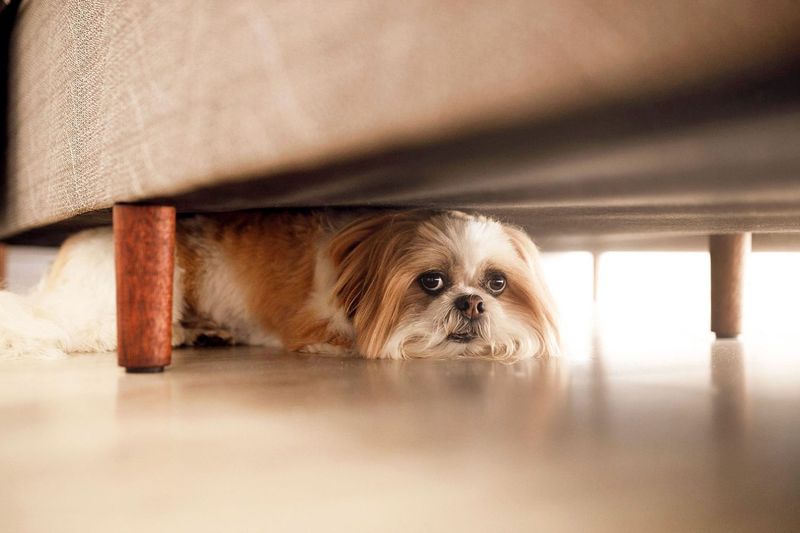
Dogs possess hearing four times more sensitive than humans. Fireworks register at 150-175 decibels – painful levels that trigger their fight-or-flight response.
Max wasn’t being difficult; his brain was flooded with survival chemicals. The unpredictable timing of explosions made it worse, keeping him in a constant state of anxiety.
The Dangers Of Fireworks
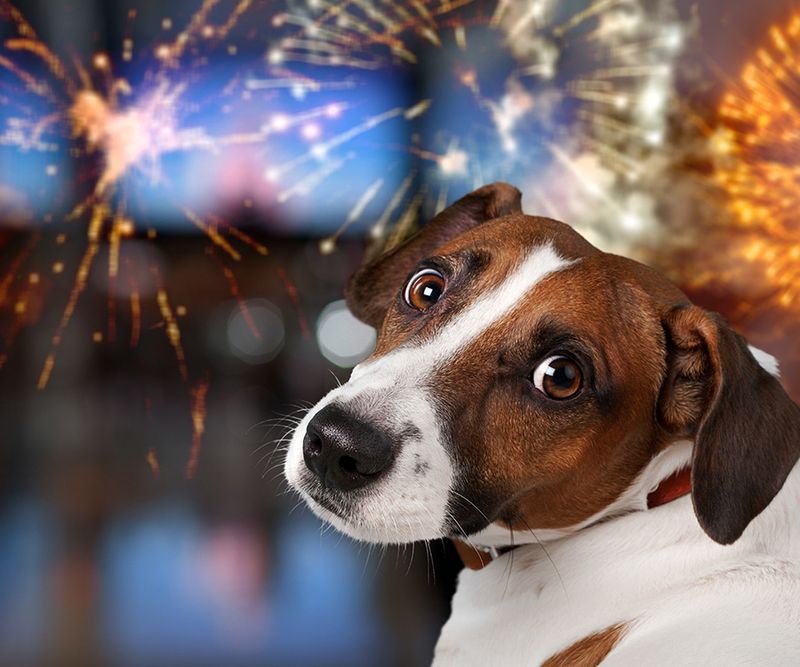
Beyond the terror they cause, fireworks present real dangers. Panicked dogs can run into traffic, become disoriented miles from home, or injure themselves trying to escape.
July 5th is typically the busiest day at animal shelters nationwide. The chemical residue from fireworks can also cause poisoning if ingested by curious pets.
Why Traditional Methods Didn’t Work
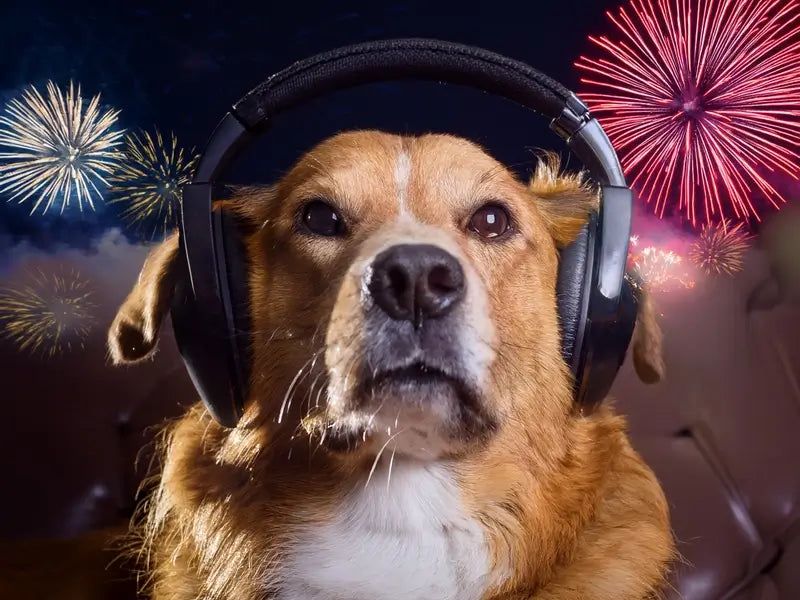
I tried everything: thunder shirts that supposedly calmed anxiety, calming treats with questionable effectiveness, and even prescription medications that made Max groggy but still terrified.
Hiding in the basement helped somewhat, but the muffled booms still triggered panic. White noise machines couldn’t compete with the explosive sounds penetrating our walls.
The Trick That Worked
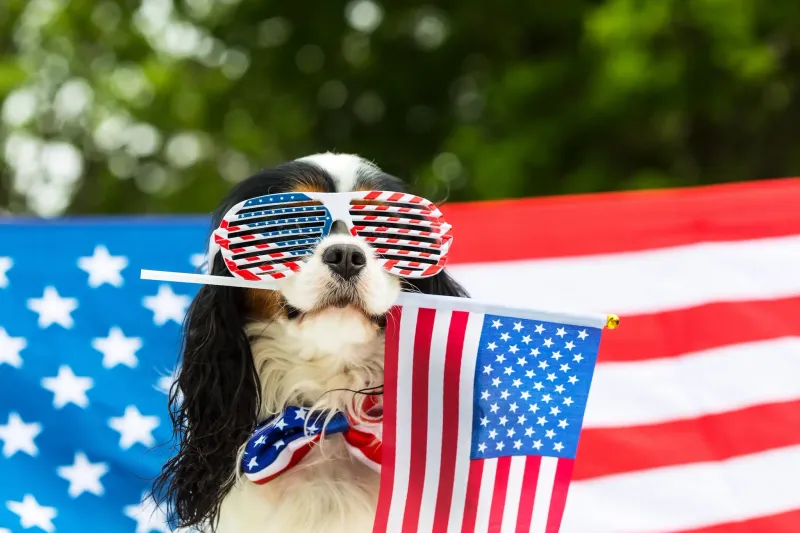
The game-changer was desensitization training. Starting months before July, I played YouTube fireworks videos at barely audible levels while giving Max his favorite treats.
Gradually increasing volume while maintaining positive associations rewired his response. By Independence Day, we combined this training with a safe space in our walk-in closet, complete with his bed and toys.
Creating A Safe Space For Your Dog During Fireworks
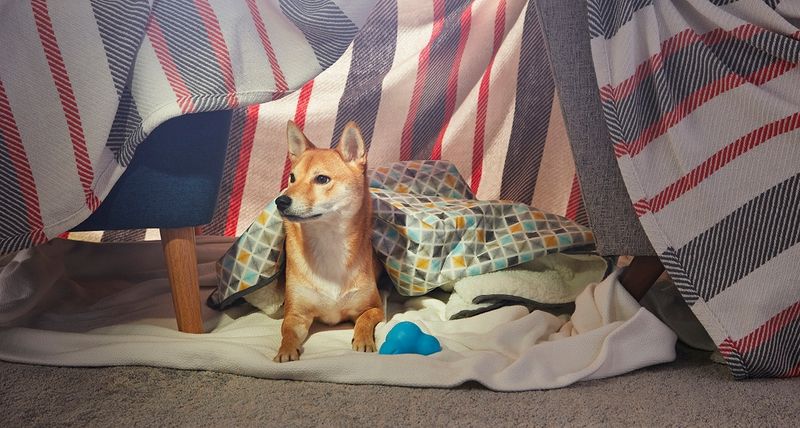
Max’s sanctuary became our walk-in closet – naturally insulated against noise. I added his favorite bed, toys, and an unwashed shirt carrying my scent.
Blackout curtains blocked flash patterns that mimic lightning. A battery-operated fan provided white noise and kept him cool, while the closet’s confined space gave him security rather than triggering claustrophobia.
Using Calming Tools
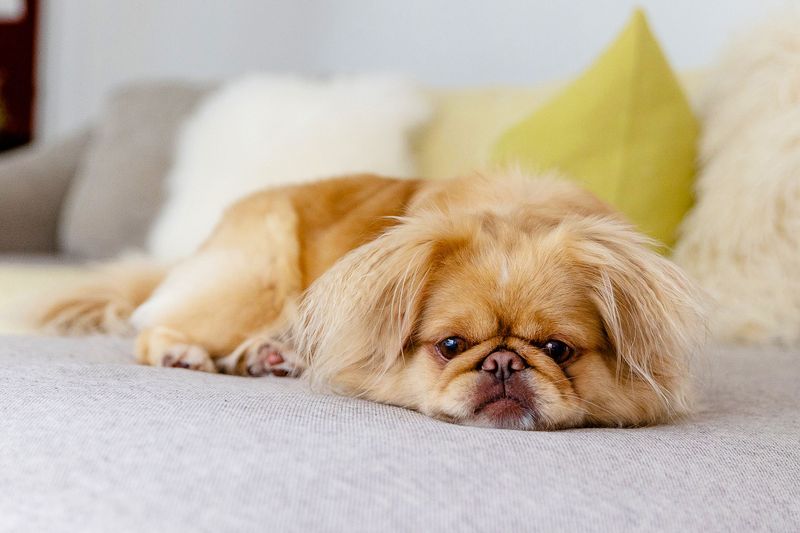
Lavender oil in a diffuser (placed safely away from Max) complemented our training. The ThunderShirt finally proved useful once he was partially desensitized – the gentle pressure reinforced his growing calmness.
Specially designed canine ear muffs reduced sound intensity without causing discomfort. These tools supported rather than replaced our training program.
The Role Of Training
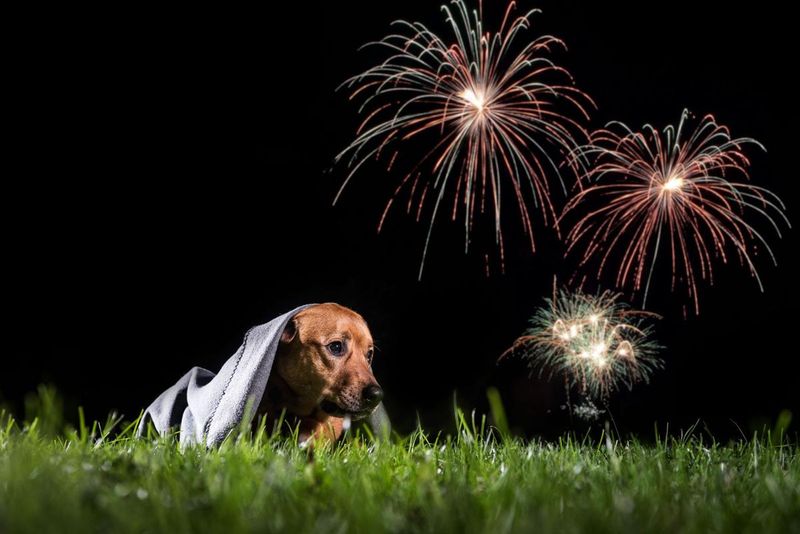
Creating a positive command – “safe place” – associated with treats and praise became Max’s fireworks protocol. We practiced this command regularly, making it second nature before July arrived.
Teaching him to settle on a special mat reinforced calm behavior. The training wasn’t just about fireworks; it built overall confidence in scary situations.
Why This Trick Worked
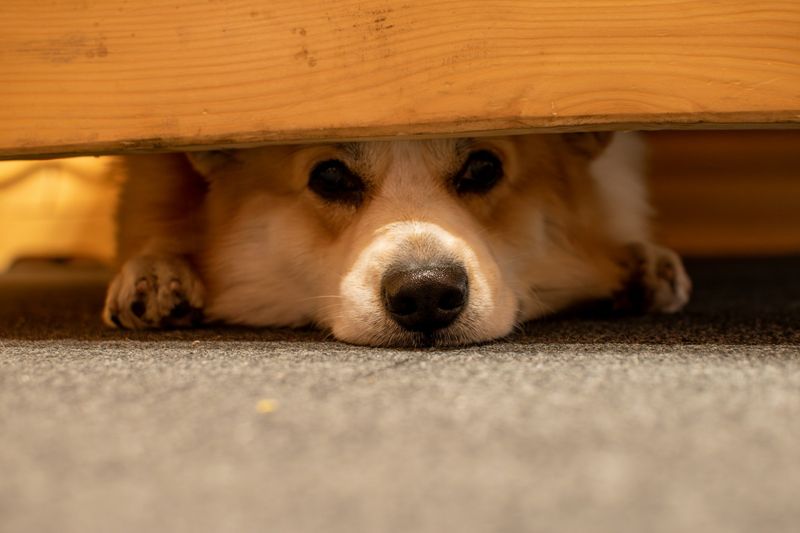
Classical conditioning – pairing scary stimuli with positive experiences – rewired Max’s brain to form new associations. Rather than triggering panic, firework sounds began signaling treat time.
The gradual exposure prevented flooding his system with stress hormones. By controlling the volume and duration, we stayed within his tolerance threshold, building resilience rather than reinforcing fear.
The Importance Of Consistency
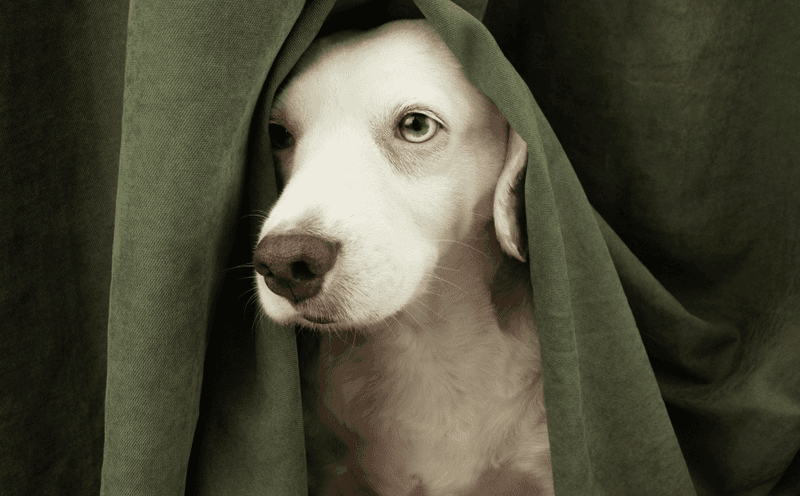
Maintenance training became part of our routine. Brief refresher sessions with fireworks recordings every few months kept Max’s progress intact.
Each year, I started more formal preparation about a month before July 4th. The investment of time decreased annually as his resilience grew, but skipping a year risked regression.
What To Do If Your Dog Runs Away
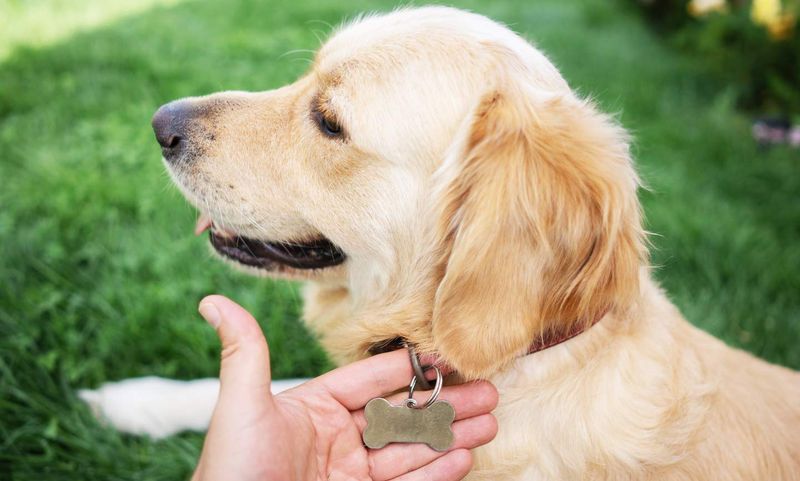
Prevention is ideal, but preparation for worst-case scenarios saved us once when Max slipped out. Having current photos ready to share was crucial.
His microchip information was updated with my cell number. Our emergency kit included his favorite smelly treats to lure him back and a recent blanket with his scent to help tracking dogs.
A Peaceful Fourth Of July, Finally!
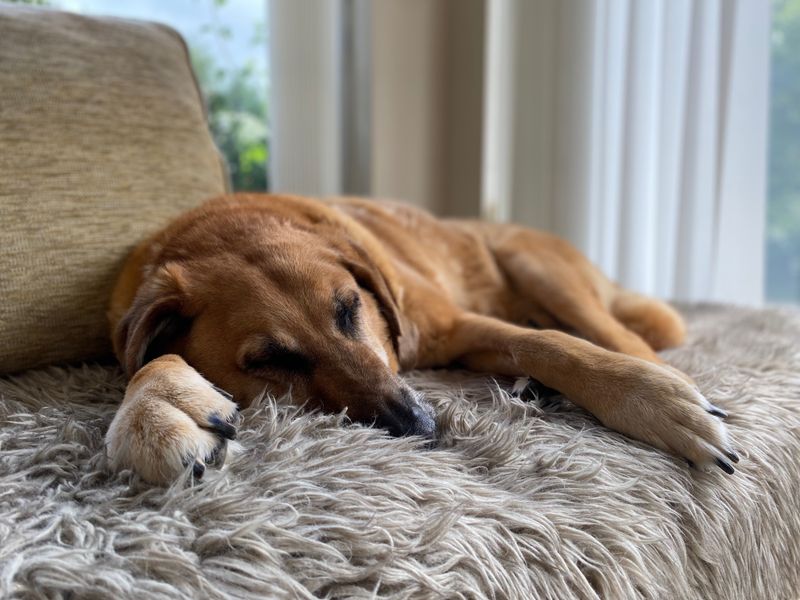
Last July 4th, instead of frantically searching streets, I watched fireworks from my window while Max dozed peacefully in his safe space. Occasionally he’d lift his head at louder booms, but quickly settled back down.
The transformation from panic to peace took work, but seeing him relaxed during what was once his most terrifying night made every effort worthwhile.

